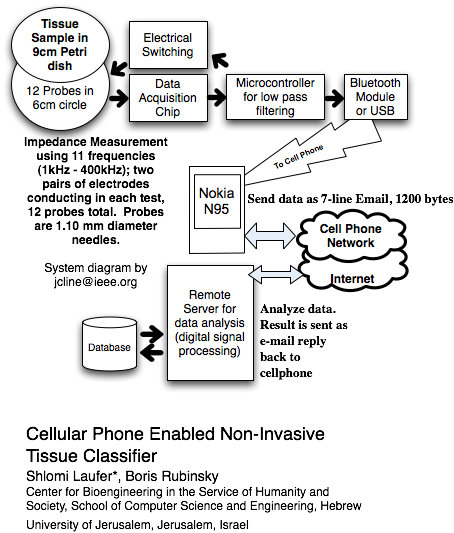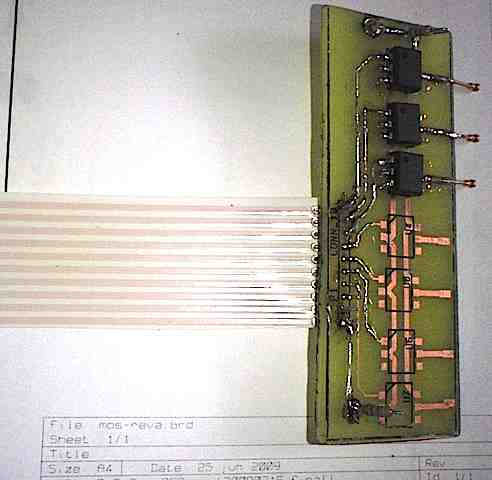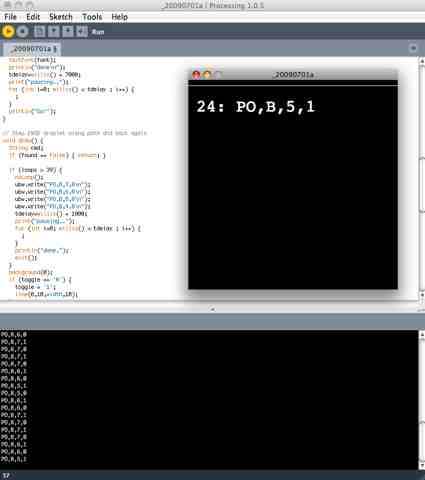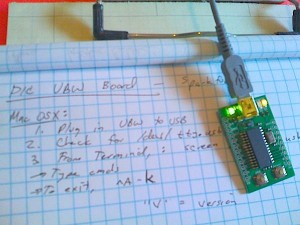A recent paper in PLoS ONE describes a diagnostic system which uses a common 3G cellphone with bluetooth to assist in point-of-care measurement of tissues, from tissue samples previously taken, with remote data analysis [1]. The hope, of course, is that this could be used for detecting cancer tissue vs. non-cancer tissue. In general this technological approach is important for the following reasons: it allows data analysis across large populations with server-side storage of the data for later refinement; not all towns or cities will have expert medical staff to classify tissues at a hospital; and sending the sample to another city for classification takes time and creates measurement risk (mishandling, contamination, data entry error, biological degredation, etc). Since the tissues are measured by a digital networked device, the results can be quickly sent to a central database for further analysis, or as I hint below, for geographically mapping medical data for bioinformatics.
From my interpretation, the complete system looks like this:

The probe electronics are described in [2]; unfortunately that article is not open access, so I can’t read it. The probes located around the sample are switched to conduct in various patterns and a learning algorithm is used to isolate the probe pair with the optimal signal. The sample is placed at the center of the petri dish and covered in saline.
Sending the raw data to a central server for analysis allows for complex pattern recognition across all samples collected; thus, the data analysis and the result can improve over time (better fitting algorithms or better weighting in the same algorithm). The impedance analysis fits according to the magnitude, phase, frequency, and the probe pair.
The article does not explain the technologies used with the cell phone for communicating between the measurement side and the cellular side (USB / Bluetooth communication link, Java, E-mail application link, etc). Though these technologies are cellphone specific, it is part of the method, and it is not described. The iPhone would be a good candidate for this project as well. A cellphone with integrated GPS would allow for location data to be sent to the server, which may be able to provide better number-crunching in the data processing algorithms, for recognition of geographic regions with high risk.
References:
[1] 2009 Cellular Phone Enabled Non-Invasive Tissue Classifier. PLoS ONE 4(4): e5178. doi:10.1371/journal.pone.0005178




